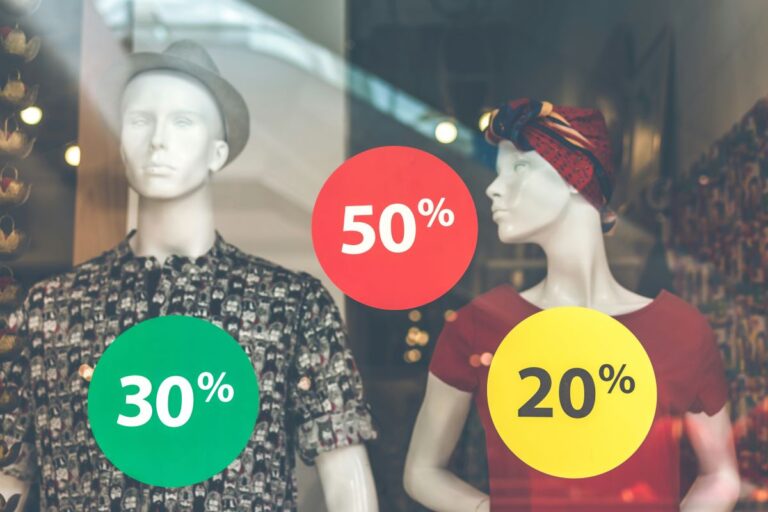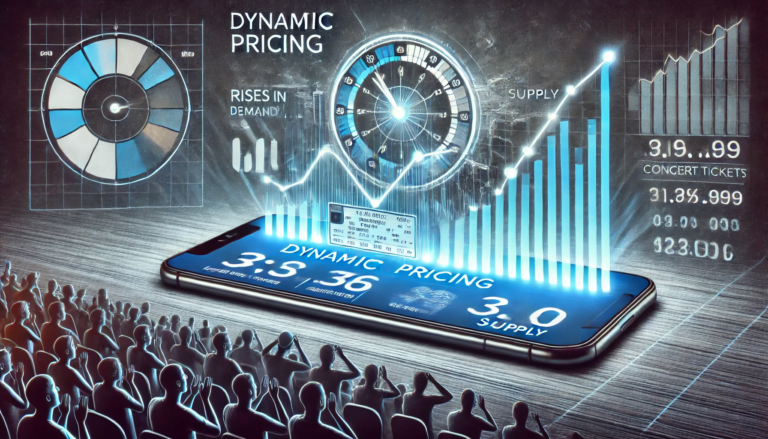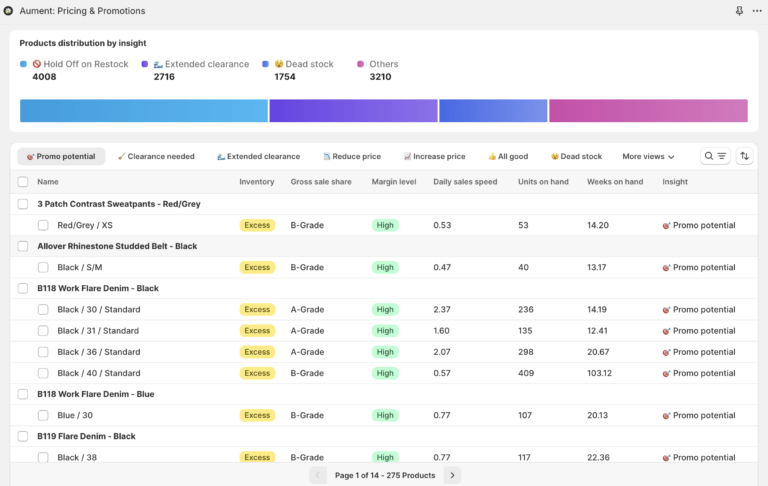Pricing Tricks: Decoy Effect, Price Comparison, and Anchoring
Peeking Into Lululemon’s Pricing Tricks: Decoy effect, price comparison, and anchoring
- Decoy effect: Subtly shaping consumer choices

The decoy effect manipulates consumer choices by introducing a less appealing option that enhances the allure of the target option, making it seem irresistible. At first glance, the options might appear comparably valuable. However, their positioning relative to each other significantly sways consumer preferences. For example, while a product’s intrinsic value (depicted as a black dot on a graph) remains constant, its perceived value fluctuates based on the alternatives presented alongside it. This strategic juxtaposition shifts the outcome of consumer selections.

- Anchoring: Establishing Price Benchmarks
By showcasing a premium product initially, Lululemon sets a high benchmark, making other prices appear more reasonable. Consider the following examples:
- Lululemon Align™ High-Rise Ribbed Pant 28″: AVG $118 (the decoy)
- Lululemon Align™ High-Rise Pant with Pockets 25″: AVG $128
- Fast and Free High-Rise Thermal Tight with Pockets 28 Pockets: AVG $148 (the decoy)
- SenseKnit Running High-Rise Tight 28″: $168
Hypothesis: The Ribbed Pant priced at $118 acts as a decoy, drawing you in to make the $128 Align™ Pant with Pockets look like the deal of the century. It offers nearly the same premium quality as the SenseKnit and Fast Free—and guess what? It includes pockets!
By strategically placing the high-performance SenseKnit as a premium option, Lululemon not only boosts its perceived quality but also streamlines the decision-making process for customers. This approach aids those searching for the best balance of price and quality, particularly with options like the high-rise styles. A middle decoy establishes a link between attributes that are not always comparable.

Another decoy effect illustration and relative comparison can be seen with True Classic, one of our users. Take a look at their T-shirt packs: this is a fair comparison, with no hidden tricks.
As you buy more T-shirts, the discount per unit increases. However, the discount between the 3-pack and 6-pack is $3.30 per unit, while between the 6-pack and 12-pack, it’s $2.50 per unit. Though the price per-unit difference seems small, it significantly affects the total cost. When the TC customer needs to decide, there are more factors to consider than just a decoy:

So, which pack sells more? What is the decoy? While I can’t disclose specifics, I’m sure at this point you’ll have a guess.
Thank you for sticking with me through these intricate details about pricing strategies! If you’re interested in learning how to effectively set prices to make purchasing decisions easier for your customers, stay tuned for my next newsletter.

Next time you shop, see if you can spot these tactics in action!
#PricingStrategy #Lululemon #RetailPsychology #ConsumerBehavior







